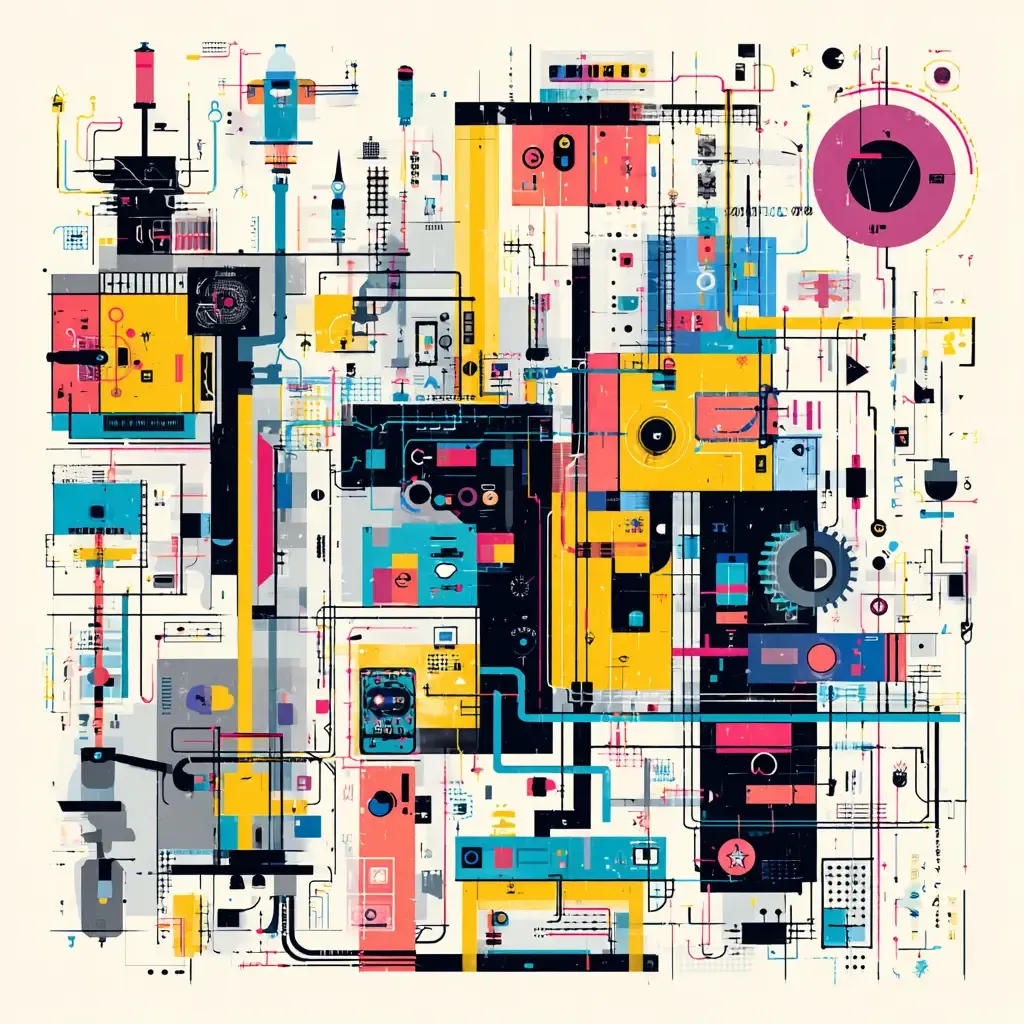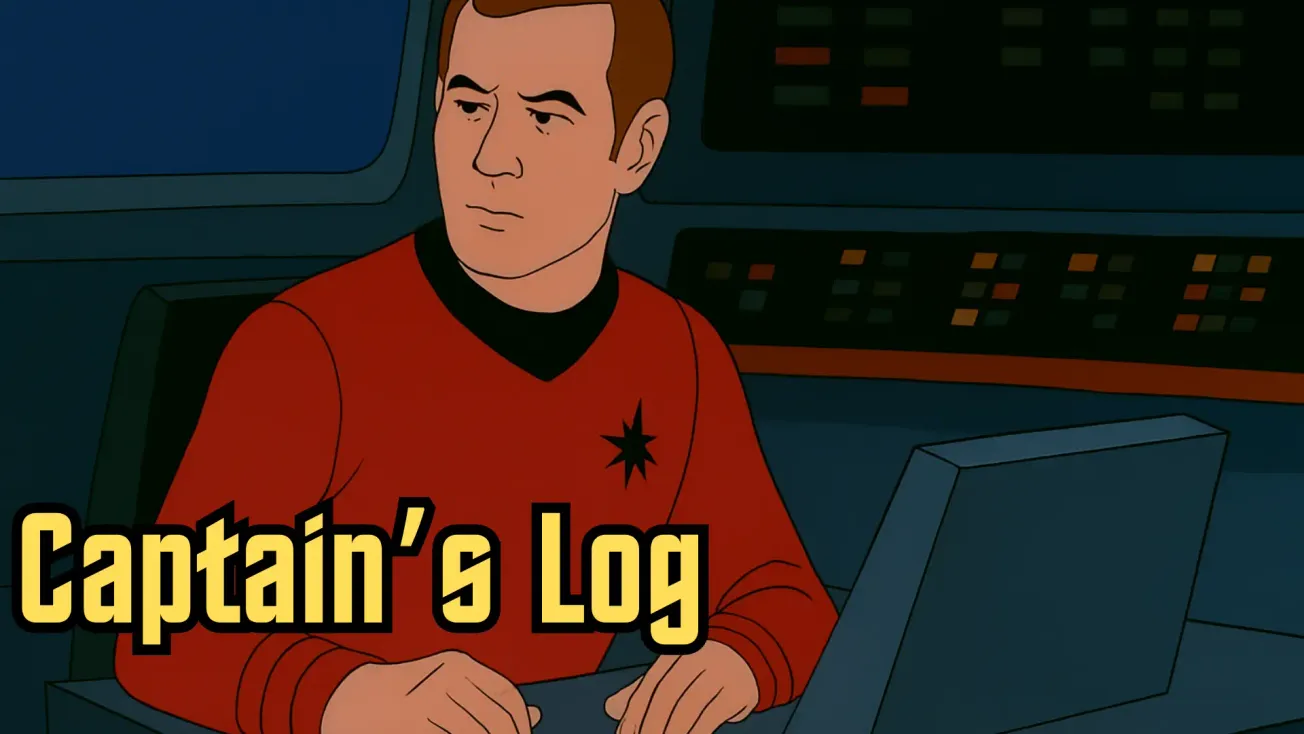Why Deep Work Beats Constant Busyness
TL;DR
In consulting environments overloaded with notifications, urgent messages, and fragmented platforms, carving out space to think isn’t just good practice—it’s a quiet rebellion. This is an argument for deep work as a necessary act of resistance for modern practitioners.
1. The Noise is Not Accidental
If you work as a consultant, contractor, or independent practitioner, chances are you’re surrounded by noise—and we don’t just mean the literal kind. Slack channels. Teams alerts. Email dings. Meeting invites. Chat messages. Texts. Pings from project management platforms. Notifications have become the rhythm of the workday, and with each interruption, your focus is slowly siphoned off.
We’ve normalized this. Worse, we've started to call it productive. The ability to toggle between five platforms in under a minute is now considered a baseline skill.
But what if the constant communication isn’t a feature of the system—but a failure of it?
The modern workplace has optimized for responsiveness over reflection. And the more embedded we are within client ecosystems, the more we inherit their digital sprawl and internal urgency. The result: days shaped by reaction, not intention.
2. Why Deep Work Feels Countercultural
In 2016, Cal Newport published Deep Work, a book that argued our best work comes from sustained focus—not multitasking. The concept resonated. But in many consulting environments, deep work feels more like a fantasy than a standard.
We don’t just log hours anymore. We manage impressions. We stay "green" on Teams. We reply fast to show engagement. We’re visible. Present. Active. Even when we’re exhausted.
But here’s the problem: visibility is not value.
And deep thinking doesn’t always look busy.
As a result, carving out time for deep work can feel like swimming upstream. It contradicts the culture. It signals slowness in a system wired for speed.
But that’s what makes it powerful. It’s not just a time management technique. It’s an act of resistance.
3. The High Cost of Context Switching
Every time you jump between platforms—from a client’s Teams message to a personal Gmail ping to a project board on Asana—you incur a cognitive cost. Psychologists call this the switching penalty. You burn mental energy not just doing the task, but remembering what you were doing in the first place.
Most people lose 20–40% of their productive capacity to this kind of constant reorientation. For practitioners tasked with solving complex problems or designing strategic interventions, that’s not just inefficient—it’s unsustainable.
Context switching creates a shallowness in thinking. You skim instead of absorb. You respond instead of reflect. You prioritize the ping, not the outcome.
And worst of all? You get used to it. The noise becomes the baseline.
4. Focus is a Strategic Asset
Let’s say this clearly: your ability to focus is not just a personal productivity metric. It’s a strategic asset.
The best change work—the kind that aligns stakeholders, guides transformation, and solves wicked problems—doesn’t come from inbox zero. It comes from white space. From the mental clarity to step back, see patterns, make decisions.
Consultants aren’t just expected to execute. They’re expected to translate, synthesize, anticipate, and guide. That kind of work requires time to think.
Protecting that time isn’t selfish. It’s professional discipline.
5. Resistance Looks Like a Calendar Block
So how do you resist the pull of ambient urgency?
Start small. Start quietly. But start.
- Block your calendar. Name it something boring if you need to: "Research Time," "Review Window," "Focus Block." Treat it as sacred.
- Mute non-critical platforms. Not forever. Just for 90 minutes.
- Communicate your cadence. Let collaborators know when you check messages. ("I review Teams at 10am and 3pm.")
- Limit meetings to specific hours. Defend the edge of your day.
- Use a daily dashboard. Whether in Notion, Obsidian, or paper, use one home base to stay centered on your highest priorities.
You don’t need a full system overhaul. You need micro-boundaries that add up.
And if you're in a position of influence? Normalize this for others. Make deep work not just possible, but expected.
6. Real Talk: What This Looks Like for Me
Here’s how I apply this, imperfectly, in my own practice:
I block the first 60–90 minutes of my morning. No email. No Teams. No Slack. During that window, I journal, write, plan, or review high-level client work. It’s not always uninterrupted. But it is protected.
I also timebox my communication windows. I check my primary platforms 2–3 times a day, not continuously. If something’s truly urgent, people know how to find me. If it can wait, it does.
Final Thought
We live in systems that reward reactivity and call it productivity. But meaningful work—especially in change and transformation—demands more than speed. It demands thought.
You won’t be given space to think. You have to take it.
Deep work is not indulgent. It’s essential. And choosing it is how we reclaim not just our time, but our value.
ChangeGuild: Power to the Practitioner™
Frequently Asked Questions
Q: What is deep work?
A: Deep work is the practice of focusing without distraction on cognitively demanding tasks, allowing you to produce high-quality output in less time.
Q: Why is deep work important for consultants and practitioners?
A: In consulting environments full of meetings, notifications, and constant platform-switching, deep work protects your ability to think strategically, synthesize insights, and deliver outcomes that matter.
Q: How does context switching reduce productivity?
A: Every time you switch between tasks or platforms, you incur a “switching penalty” that can waste 20–40% of your productive capacity. This leads to shallower thinking and slower progress.
Q: How can I start protecting time for deep work?
A: Block focus time on your calendar, mute non-essential notifications, set clear communication windows, and consolidate your priorities into a single dashboard or tool.
Q: Isn’t being responsive part of my job?
A: Yes, but responsiveness should not come at the expense of high-value work. Establishing boundaries around communication ensures you can be available without sacrificing depth.
Let’s make your best work possible.
The difference between burnout and breakthrough often comes down to how you protect your focus. If you’re ready to reclaim deep work in your consulting practice, we can help you build the boundaries, systems, and habits to make it stick.
This post is free, and if it supported your work, feel free to support mine. Every bit helps keep the ideas flowing—and the practitioners powered. [Support the Work]








